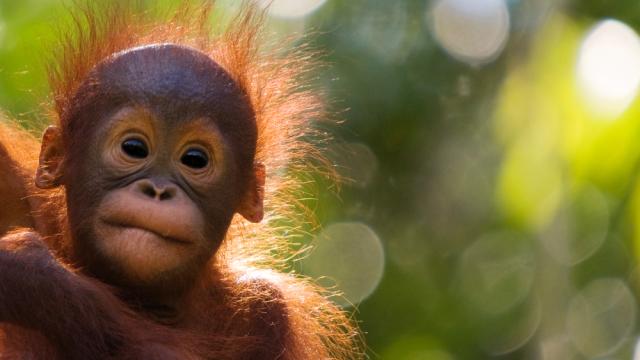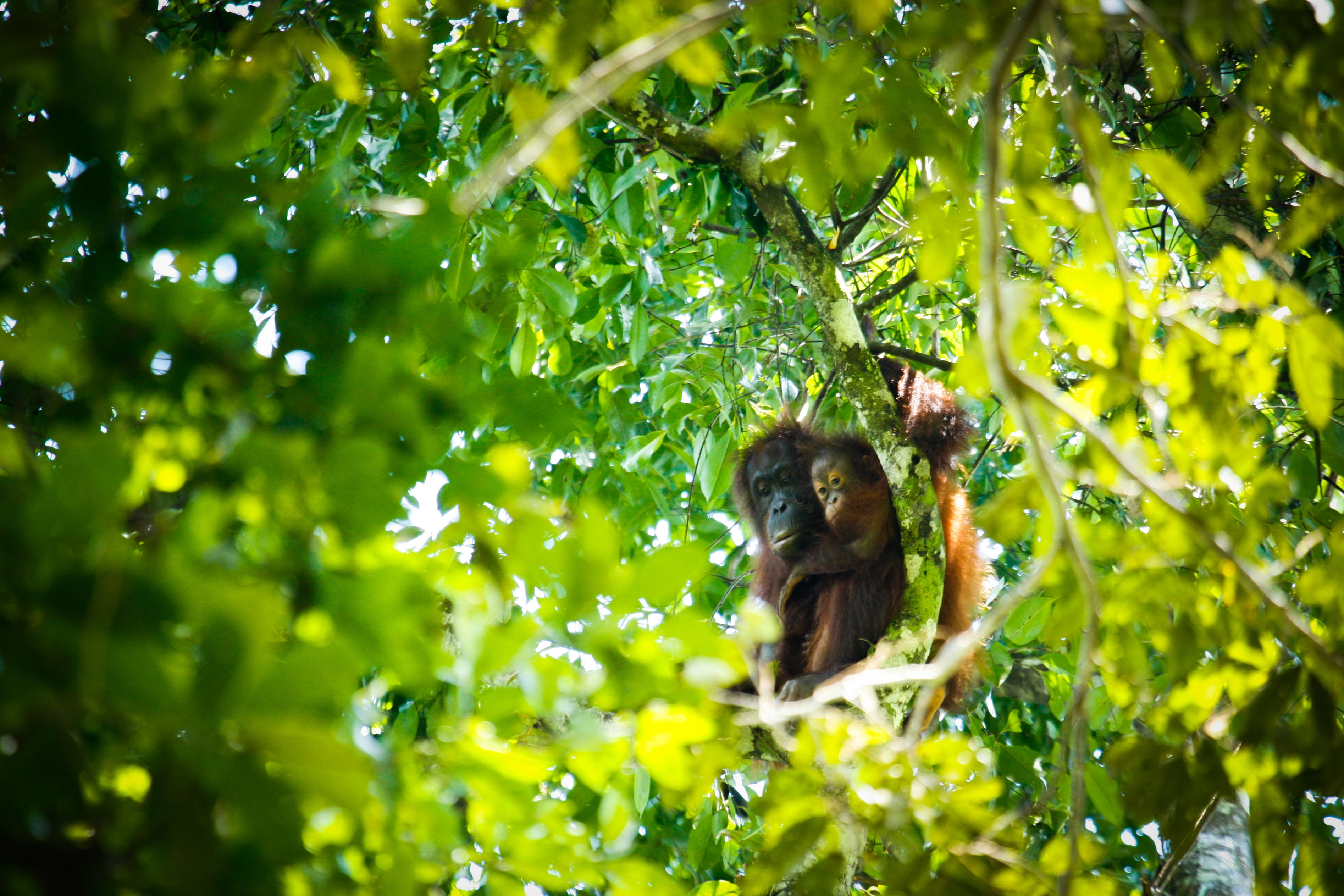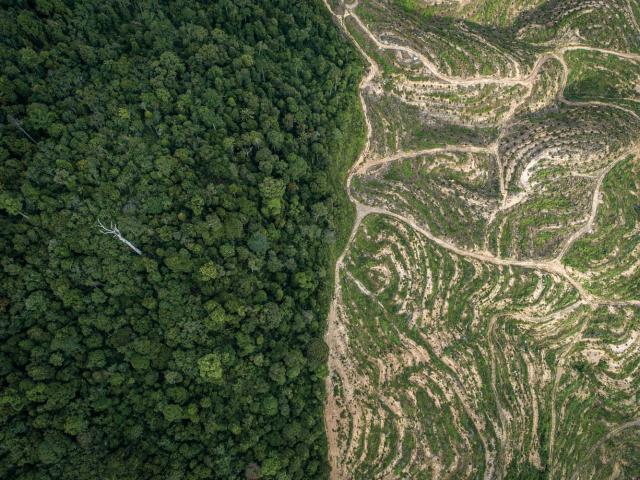
The issue
In the eastern part of Sabah, Borneo, is the Bukit Piton Forest Reserve. Over decades, orangutans that call this place home have faced a very uncertain future.
From the 1980s to 2007, a lot of the forest was destroyed by unsustainable logging. Then in 1983 and 1997-98 there were forest fires, brought on by drought.
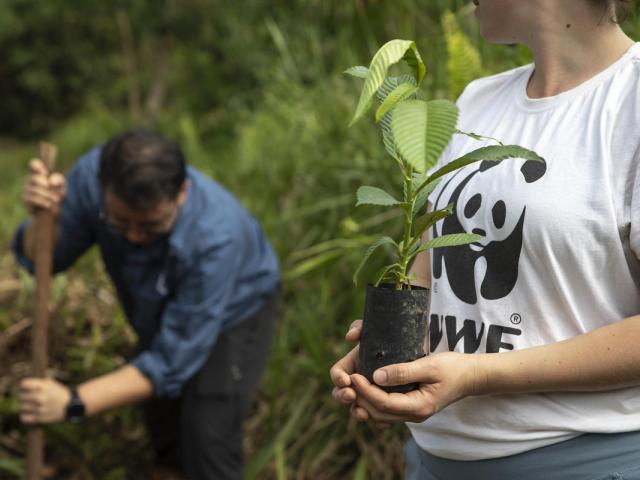
The Solution
Urgent action was needed to protect the estimated 300 – 400 orangutans that live in the reserve. In 2007, in collaboration with the Sabah Forestry department and local partners we set about restoring this important area.
Since then, some 345,000 seedlings have been planted to help the forest start to recover. The seedlings planted were a mix of fast-growing trees as well as fruit trees like figs to support the orangutans’ diet.
But the mark of a true success of this decade long restoration effort is when wildlife begin to make use of replanted trees.
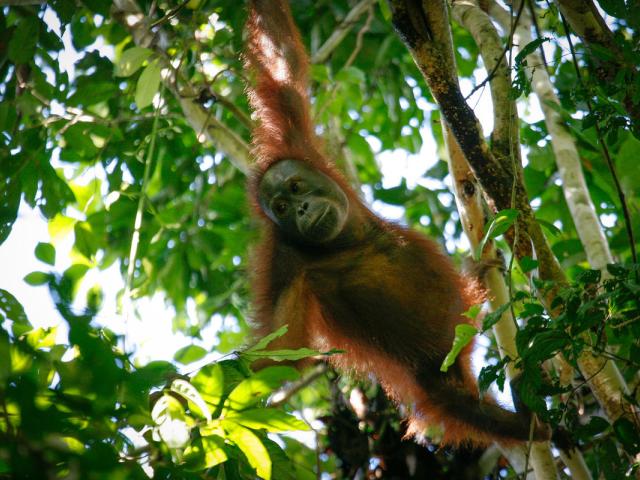
Result
It's good news – over a decade of careful observation in the field, WWF-Malaysia’s Orangutan Conservation Team have found that orangutans have been using the replanted areas. Restoration efforts have helped to replant trees across 2,400 hectares of degraded land and orangutan nests have been found on the Laran and Bayur trees that line the forest. Individual orangutans have also been seen eating the fruit from trees that were replanted – a huge win.
Today, the forest canopy is thriving, and some 400 orangutans have returned to nest among its regenerated trees. While restoration efforts have concluded, WWF-Malaysia continues to monitor orangutan populations to ensure the forest remains a haven. Field researcher William, who has spent years walking these forest trails, shares, “Bukit Piton is living proof that restoration does work. Now, our job is to keep watch—to make sure the orangutans stay, and that the forest continues to support them.”
The team also carry out habitat assessments where they collect data on forest canopy cover, tree density and canopy height. All of this helps us build a better picture of ways we can help protect orangutans and their forest home.
